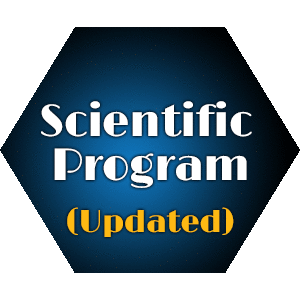József Kukolya
National Agricultural Research and Innovation Centre, Hungary
Title: Comparative toxicity studies on aflatoxin B1 and sterigmatocystin by bacterial and zebrafish based biomonitoring systems
Biography
Biography: József Kukolya
Abstract
Despite the structure similarity of aflatoxin B1 (AFB1) and sterigmatocystin (ST), the former is a much more harmful toxin according to the published data on their biological effects. In this research, the biological effects of ST and AFB1 were examined in two different biomonitoring systems.
For Escherichia coli based SOS-Chromotest, S9 rat liver P450 enzymes were used for producing genotoxic metabolic derivatives from AFB1 and ST. Equal concentrations of the toxins were measured for genotoxicity in intact form and after metabolic activation. The measured SOS-inducing potency of these toxins was almost the same: for intact AFB1, ST: 1.14 and 0.93; for metabolized AFB1, ST: 74.08 and 74.14, respectively.
For the second biomonitoring system a newly developed test was used: S9-bioactivated AFB1 and ST were microinjected into zebrafish eggs. Mortality, sublethal effects, and DNA strand breaks were registered on the 5th day of the treatment.
Metabolically activated sterigmatocystin caused the highest mortality and DNA strand breaks in all injected volumes. The sublethal symptoms on the embryos were the same for all treatments. The representative development dysfunctions were: moderately bent body, not well defined olfactory region, and irregular shaped lower and upper jaws.
Our findings contradict the assumption that AFB1 is a more potent genotoxin than ST. In the E. coli based SOS-Chromotest, the two toxins exert the same genotoxicities. Moreover, according to the newly developed zebrafish monitoring system, ST seemed even more toxic than AFB1. These results raise the demand for more complex biomonitoring systems for mycotoxin risk assessment.
This work was supported by the NVKP- 16-1-2016-0009 project.

